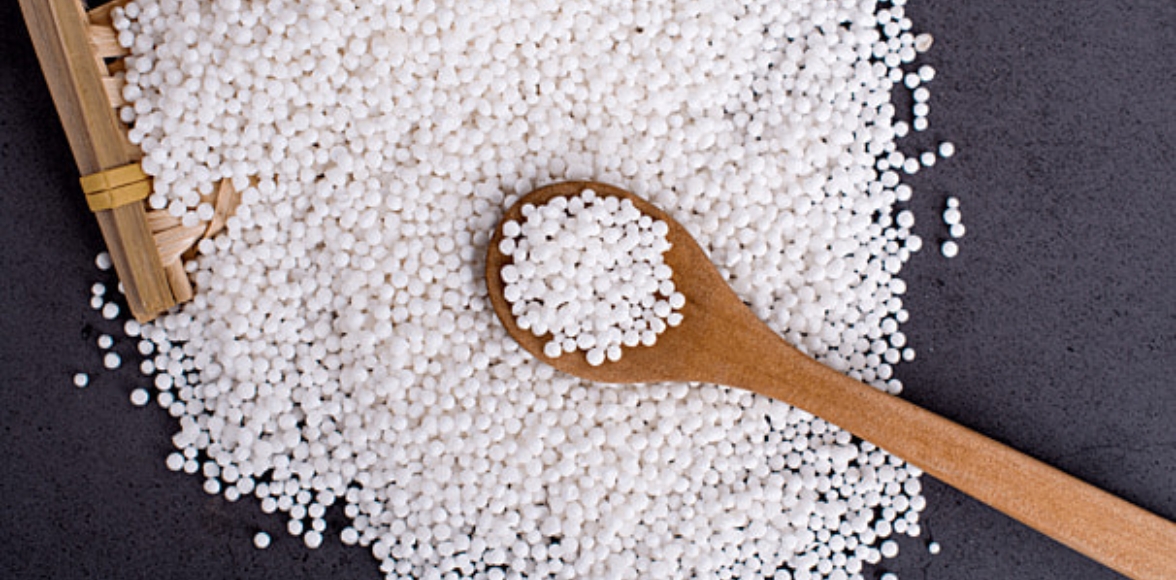
Sago
Polypropylene (PP) bags are commonly used for packaging sago, a starch extracted from the pith of sago palms. Here’s how PP bags are utilized for sago packaging and why they are a suitable choice:
1. Durability and Strength
Load-Bearing Capacity: PP bags are strong and capable of withstanding the weight and pressure of sago. They are designed to handle the physical demands of packaging, transporting, and storing sago without tearing or breaking.Resistance to Physical Damage: The bags are resistant to punctures and abrasions, which helps in protecting the sago from damage during handling and transportation.
2. Moisture Resistance
Basic Protection: PP bags provide a basic level of moisture resistance, which is important for preventing sago from becoming damp and potentially spoiling. However, they are not completely waterproof, so additional moisture protection might be necessary in high-humidity environments.Extended Shelf Life: Proper moisture control is crucial for maintaining the quality of sago, and PP bags help by offering some protection against moisture.
3. Cost-Effectiveness
Economical Choice: Polypropylene is relatively inexpensive compared to other packaging materials. This cost-effectiveness is advantageous for packaging sago, especially when dealing with large quantities, as it helps keep packaging costs lower.Bulk Packaging: The affordability of PP bags makes them suitable for bulk packaging operations, allowing for efficient handling and storage.
4. Customizability
Branding and Information: PP bags can be printed with various details such as branding, nutritional information, and usage instructions. This facilitates effective marketing and provides consumers with important information about the sago. Variety of Sizes and Designs: PP bags come in various sizes and designs, accommodating different packaging needs for sago, whether for retail or bulk.5. Ease of Handling
Lightweight: PP bags are lightweight, which simplifies the handling, transportation, and storage of sago. This can lead to reduced shipping costs and increased efficiency.Flexibility: The flexible nature of PP bags allows for easy stacking and organization, optimizing storage space.
6. Reusability and Recyclability
Sustainable Option: PP bags can be reused and are recyclable, which supports more sustainable packaging practices. However, the availability of recycling facilities for PP bags can vary by region.Environmental Considerations: While PP bags offer a more sustainable option compared to some single-use packaging materials, proper disposal and recycling are important for reducing environmental impact.
7. Food Safety
Non-Toxic: PP is generally considered safe for food contact. It does not release harmful chemicals into the sago, making it a suitable material for direct food packaging.Compliance: PP bags used for food packaging are often manufactured in accordance with food safety regulations to ensure they are safe for holding consumable products.
8. Applications and Benefits
Retail and Bulk Packaging: PP bags are used for both retail packaging of smaller quantities and bulk packaging of larger quantities of sago. This versatility makes them suitable for different market segments.Consumer Convenience: Features such as easy-to-open and resealable options can be included in PP bags, enhancing consumer convenience.
Packing Solution from Anantshree
1. Woven PP Bags
Description: Constructed from woven polypropylene fibers, these bags are known for their strength and durability.Features: High load-bearing capacity, resistance to tearing and punctures, and customizable in various sizes and closure options. Suitable for bulk sago packaging.
2. PP Laminated Bags
Description: These bags have an additional laminated layer of polypropylene for enhanced protection.Features: Superior moisture and dust resistance, improved printability for branding, and better protection against external contaminants. Ideal for both bulk and retail packaging.
3. PP Bags with Inner Liners
Description: PP bags with an inner plastic liner or coating.Features: Provides superior moisture resistance and helps maintain the sago’s quality by preventing contamination and preserving freshness.
4. BOPP (Biaxially Oriented Polypropylene) Bags
Description: Combine the strength of PP with a glossy, high-quality surface for premium packaging.Features: Enhanced appearance, excellent moisture and dirt protection, and high-quality printability for effective marketing and branding